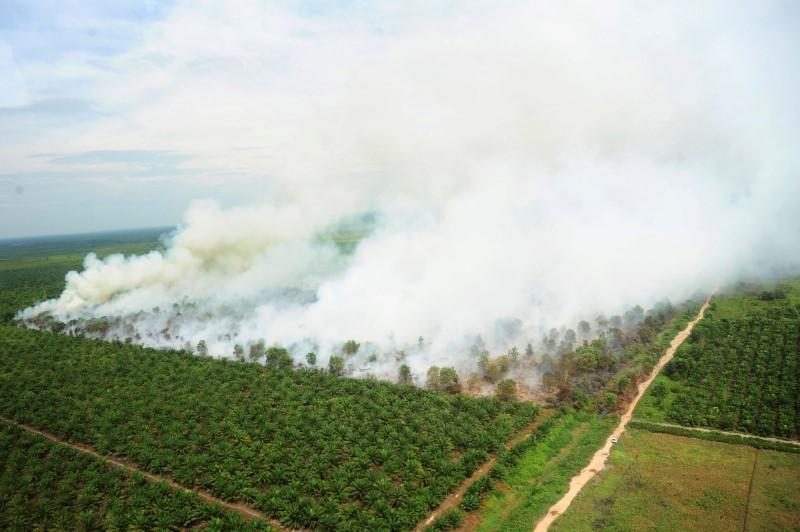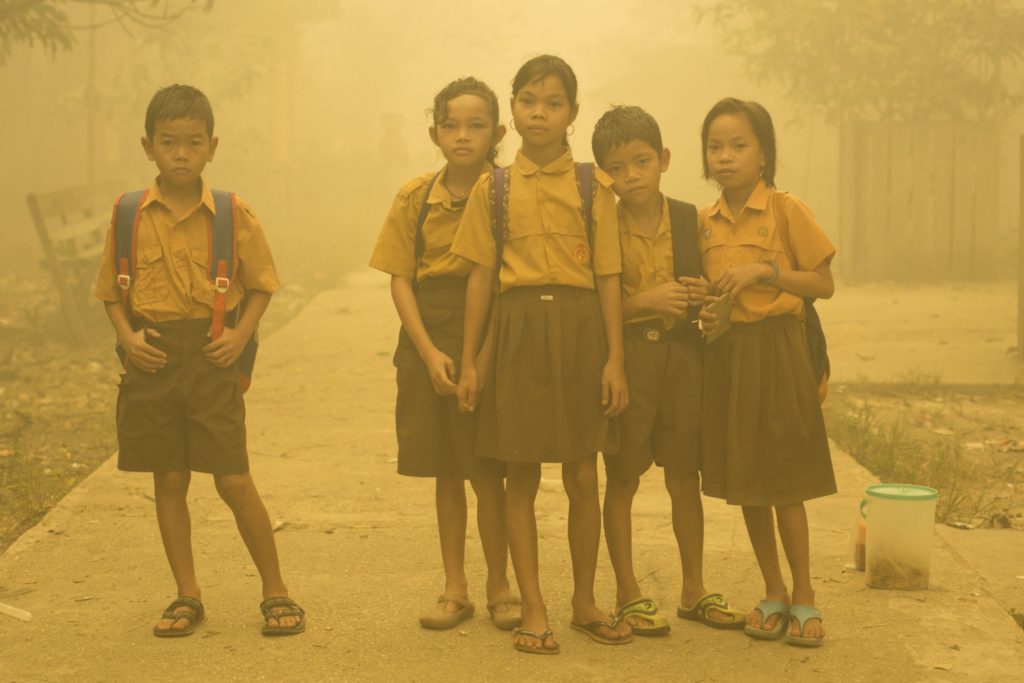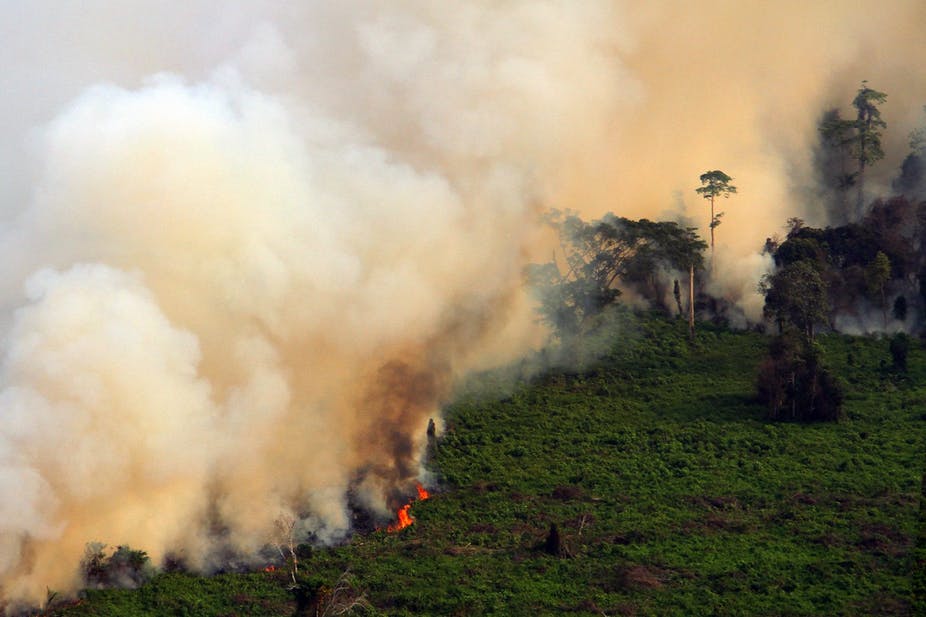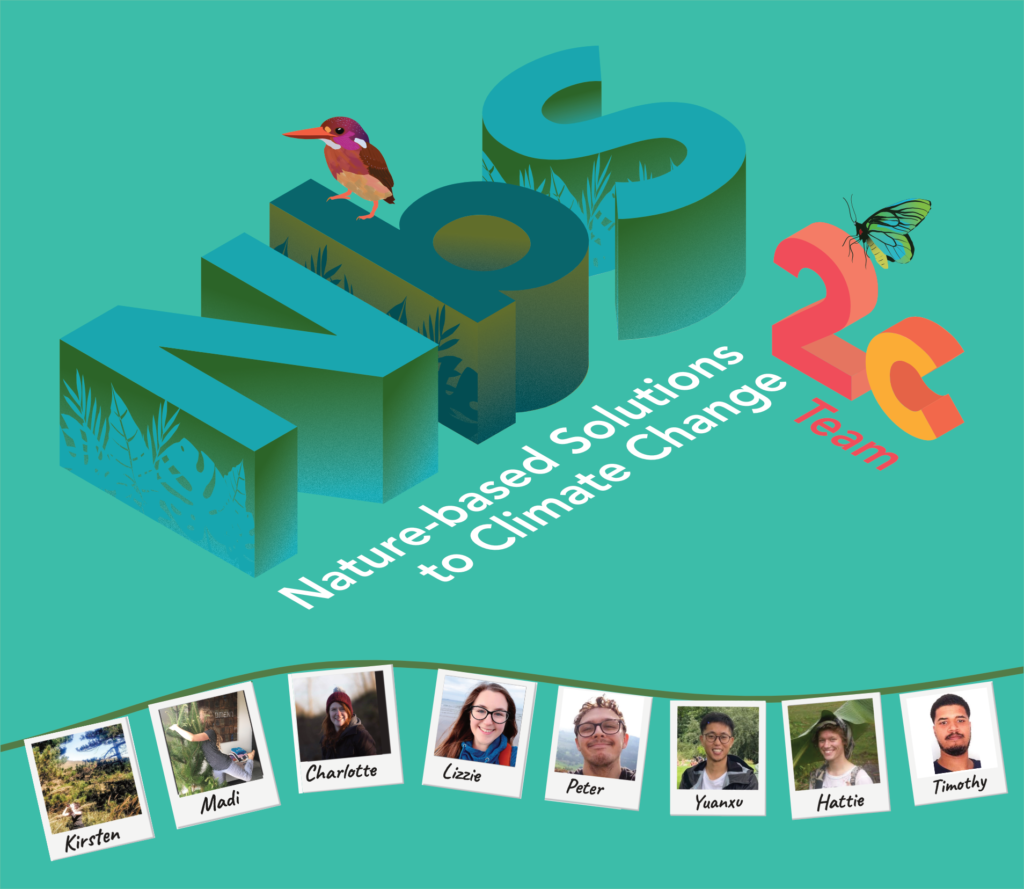Team 2C: How might we reduce carbon emissions from tropical agriculture, improve air quality and reduce deforestation?

After two intense days of lighting rounds and brainstorming, this was the question our team settled on, and the one we have attempted to solve. Here is our solution:
Tropical regions are the lungs of the Earth and at the heart of carbon sequestration potential. We have chosen Indonesia as our case study. Indonesia experiences a tropical climate and boasts a very high level of biodiversity. Agriculture is the main source of income for many. However, to create land for these purposes, forests are often cleared by illegal slash and burn methods. The slash and burn method massively increases carbon emissions, contributing to climate change whilst also decimating local biodiversity and creating hazes of pollution in surrounding areas. Waste biomass from agricultural practices is also commonly disposed of through burning, and given the high flammability of early successional plants in disrupted, regenerating forests, unintentional wildfires are a real problem. These practices are not only occurring on small hold farms, but may also occur on large palm plantations when the plant turn over occurs every 20 – 30 years.
Our solution is to remove the slash and burn process from agriculture in the tropics and we plan to do this through the production of BIOCHAR.
Biochar is produced when you heat any plant biomass in a zero-oxygen environment at very high temperatures. This process also produces biofuels such as biogas and oil, and heat, which can be captured and converted to electricity. Biochar can be used as a fertilizer to improve soil quality and crop yields, reducing the yield gap and improving farmer incomes.
The reason biochar is so beneficial is because carbon remains sequestered in biochar for centuries, making it a highly effective long-term method of carbon capture. As such, this process also generates carbon credits, which are 15 times more valuable than forest carbon credits from REDD+ and can be sold to governments and businesses, ensuring the longevity of our project.
So how do we plan to implement our vision?
Our concept is the Bio-mobile; a transportable biochar processing facility, balancing the need to process efficiently with reaching as many farmers as possible.
Farmers usually collect disused plant waste material on their farms and burn it. The Bio-mobile offers a solution to this burning phase, reducing CO2 emissions, reducing deforestation and providing economic benefits to farmers.
Farmers are incentivized as we would provide the whole service and a payment for providing biomass. We will arrange all logistics to transport material from farms to the Bio-mobile, farmers just need to collect waste material, which they would be doing anyway.
Farmers will be paid a set rate for every kg of biomass brought. Farmers can then either choose to get biochar back to use on their crops to increase their yields or they can let the Bio-mobile keep it for trading, in exchange for a payment.
The Bio-Mobile allows us to measure the quantity of biochar produced and allow a farmers payments and carbon credits to be accurately calculated.
The Bio-Mobile fleet would be run by a small team based in the operating country. We would like investment from a bank or venture capital to set up this initiative, with profits being generated through selling of carbon credits, biochar and biogases.
How will farmers be able to access the Bio-Mobile?
An app will be available for farmers to book a visit from the Bio-Mobile, which will then visit areas based on an optimum route calculated through the app.
The app is free and farmers can either have their own profiles or village or community profiles can be created. Users can share details about their location, land area, land use, equipment and how much biomass material they have. The app will record how much carbon a farmer has captured, their earnings, and even have leaderboards to provide encouragement and further incentive to continue with the scheme. The app will also include explanatory videos about the process and environmental issues, and host community forum pages. The app will allow us to include a certification/screening step to ensure that none of the biomass supplied to us as come from illegal deforestation.
Everybody wins:
Overall, this is a financially viable, long-term project, which will benefit the environment and all stakeholders involved.
Farmers are incentivized as we would provide the whole service. The small team running each biomobile will be able to help gather the material (biomobile could incorporate equipment such as winches to help this process). The farmers will receive payment for the carbon stored, which is then sold to companies and governments as carbon credits. They can use the biochar as a fertiliser to potentially improve crop yields, thus providing a two-fold financial benefit, and hopefully limit the pressure for further deforestation.
A reduction in the amount of planned burning and also the number of unintentional forest fires will also improve air quality, and therefore the health of farmers and their communities.
Investors of the project will receive three sustainable revenue streams: profits from the biofuel, carbon credits sold, and unclaimed biochar. Those companies and governments that choose to purchase carbon credits will enhance their ‘green’ reputation whilst offsetting some of the emissions they produce.
To tackle climate change, we need to actively withdraw carbon from the atmosphere in addition to decarbonising the world’s economy. Producing biochar in this manner will help achieve this goal whilst also allowing more areas of native forest to regenerate, supporting biodiversity, and the health of local communities.
For more information on biochar, this is a good place to start: https://farm-energy.extension.org/biochar-prospects-of-commercialization/#Topic%201





A big thank you from Team 2c to all the organizers, facilitators and experts who made enviroSPRINT 2021 a reality!
